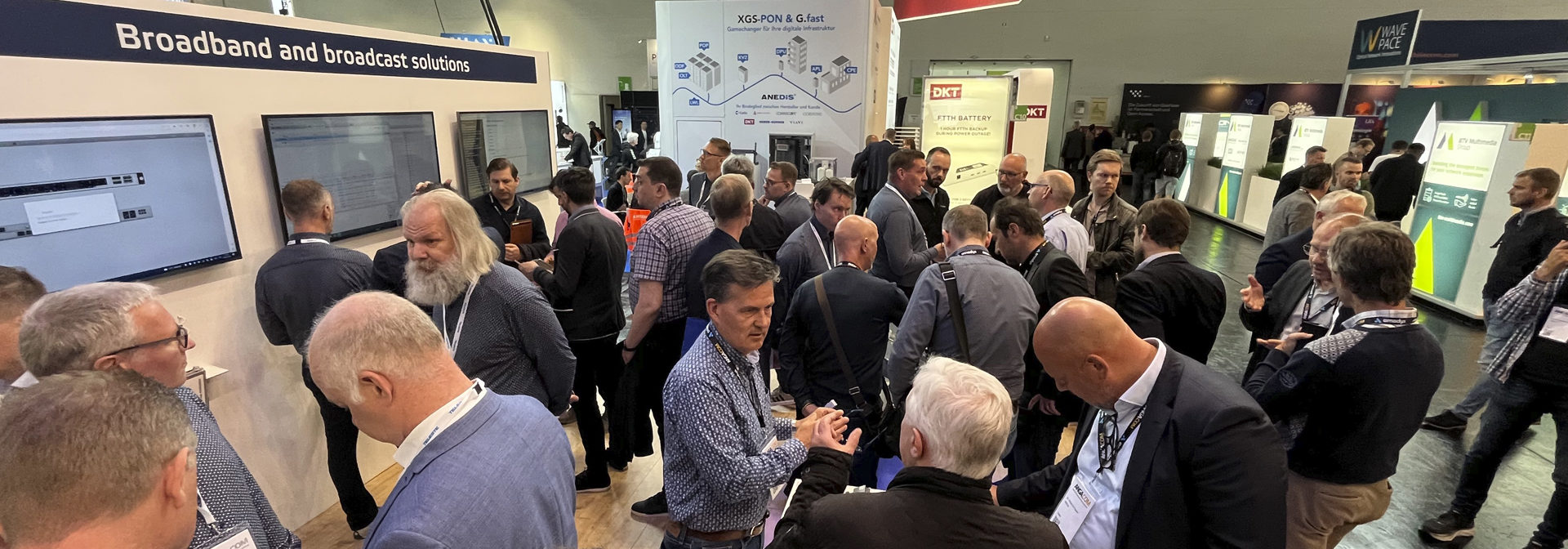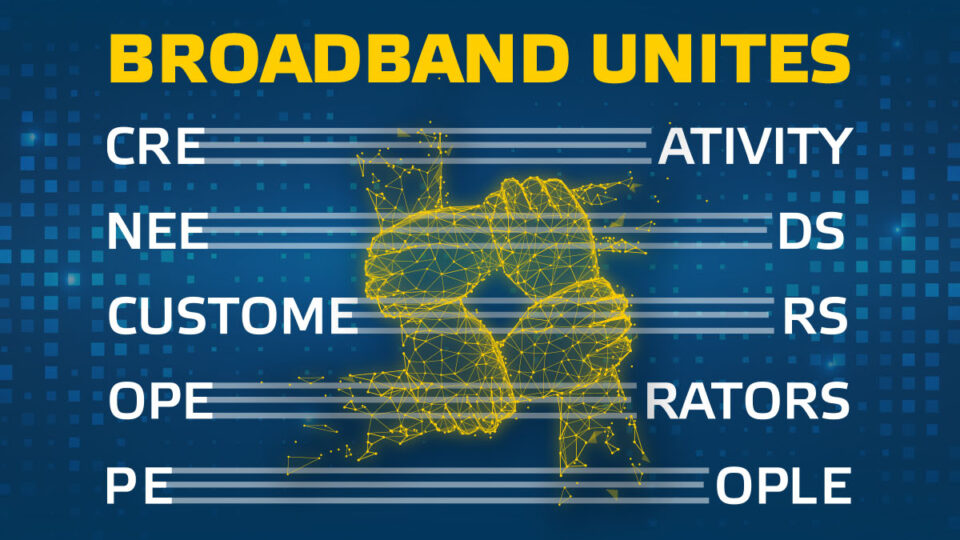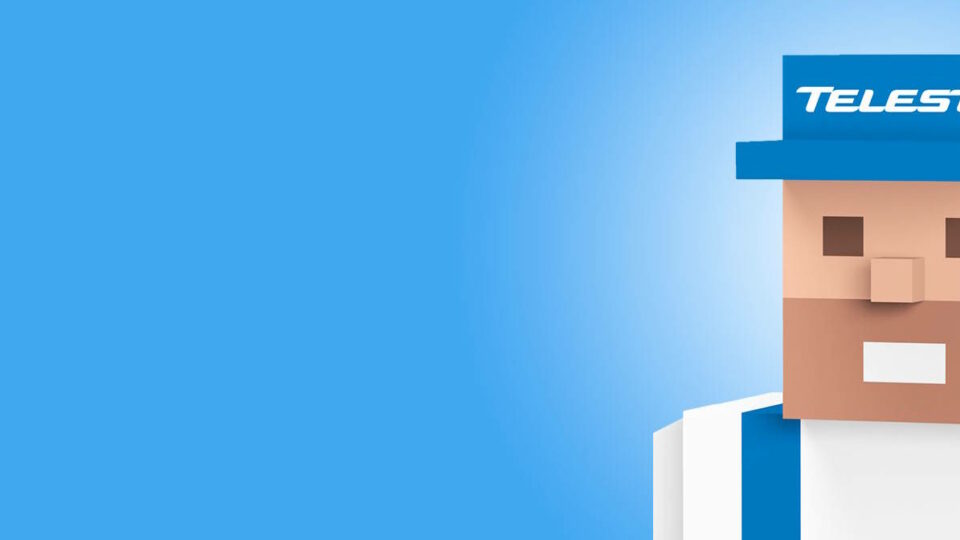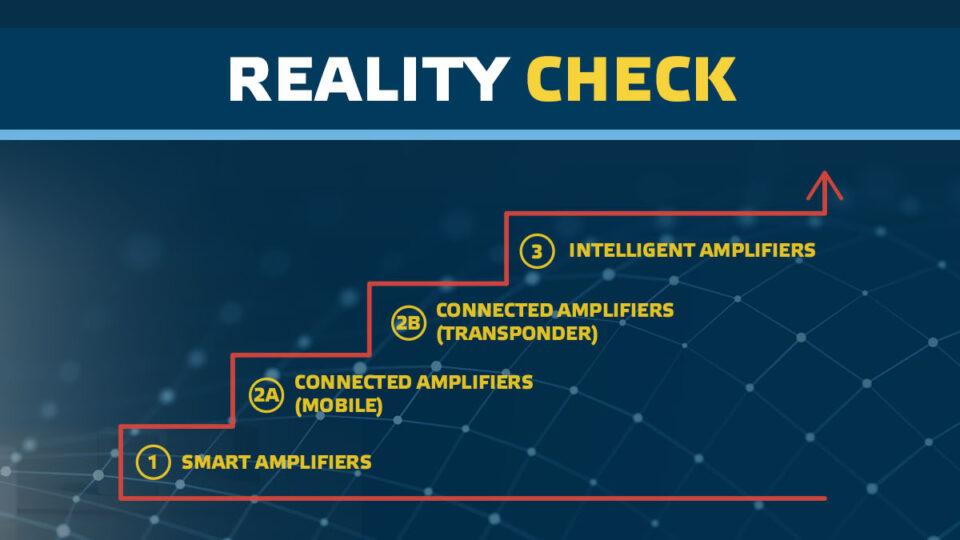
The Broadband Industry today: Dynamics, perspectives, and insights
ANGA COM 2023 united the friends of broadband once again in Cologne in May. It was great to reconnect with so many familiar faces after a year! During my visit at the event, I was able to crystallise my understanding of the current direction of the broadband industry. Below I have summarised my most relevant findings.
Remote PHY will take the lead in DAA rollouts in coming years
After the latest decisions made by major MSOs, a clear paradigm shift is emerging in the future of Distributed Access (DAA) technology, with Remote PHY (RPD) taking centre stage. While Remote MACPHY still has its role in specific markets and applications, it has become evident that Remote PHY will be the preferred technology for the main operators. The interoperability challenges encountered during its early stage have been resolved, and the backend systems, based on well-established DOCSIS environments, will be ready for the rollouts. This news has been warmly welcomed by technology vendors as it will lead to more stable upgrade roadmaps, allowing resources to be efficiently allocated for supporting fast field deployments and rollouts.
North America will speed up to 10G cable broadband while more variations will exist in Europe
When comparing the development of cable broadband networks in Europe and North America, it becomes evident that they have progressed at different rates. In Europe, most of the DOCSIS 3.1 / 1.2GHz upgrades have already been implemented. In North America, networks continue to rely extensively on spectrum below 1 GHz (such as 750 MHz or even lower), which creates an immediate need for the cable MSOs to take the leap to DOCSIS 4.0 and the 1.8 GHz spectrum. This upgrade will enable the provision of 10G broadband speeds for subscribers, addressing the growing need for faster connectivity. While the North American roadmap appears relatively straightforward, we can see that the European operators are adopting one of three alternative strategies:
- Making the full DOCSIS 4.0 investment to compete with fibre for the next 10-15 years, similar to the approach in North America.
- Extending the lifespan of the DOCSIS 3.1 cable infrastructure for the next 5-10 years while focusing on fibre deployments in regions outside of coax, such as DSL areas. This scenario also includes introduction of DAA, but not necessarily upgrades to, e.g., in-home passives.
- Overbuilding with full fibre within approximately 5 years, while potentially utilising DOCSIS and RPDs in multi-dwelling unit (MDU) areas, where specific challenges exist. These challenges include the difficulty and cost of simultaneously implementing fibre connections to a large number of subscriber homes. Those homes have 1.2 GHz spectrum and associated in-home passives in use, which enables fast rollout using the existing cable infrastructure.
DOCSIS and RPDs offer a fast lane to high-speed broadband in MDUs
In the race for fast internet, the challenge is and will be establishing the last-mile connection to the end-user homes. Pulling fibre to the buildings brings us very close to the goal, but not quite far enough, as it may prove to be time-consuming and costly to reach the homes. Especially in MDUs, a highly effective solution is to equip the network with a DAA Remote PHY node and utilise the existing coaxial cabling to set up new high-speed connections quickly and, most importantly, very cost efficiently, making it a viable alternative to fibre. It is safe to say that in MDUs, the operators can leverage their existing DOCSIS environment as a genuine fast lane to 10G internet speeds!
Evolution of DVB from edge QAMs to the video engine and core environment
Lastly, an insight to video delivery: How will video be distributed to homes in future? In the long run, the prevailing method will be All-IP video delivery (OTT or IPTV). However, over the next decade, we can anticipate challenges emerging from the home device front. Presently, there are hundreds of millions of DVB-based televisions and set-top-boxes out there, and this very fact will sustain the demand for DVB video delivery. We have already witnessed a similar phenomenon occur with analogue TV which took over 10 years to disappear due to the widespread device population. The 2nd and 3rd televisions will remain in use and those are DVB-based.
The DAA environment enables a shift from traditional edge QAMs towards QAM distribution through Remote PHY devices. While achieving this transition requires stepping from edge QAMs to the video engine and video core environment, it in practice means that operators need to run these two technologies simultaneously to maintain top-quality subscriber services during the network evolution. While CMTS (big iron or virtualised) offers quite limited opportunities to harness the benefits of a distributed video environment, a smoothest path forward lies in embracing distributed video delivery with video engines and cores, that enables a seamless transition in both technology and services.
In conclusion, it was great to witness the unifying power of broadband bringing people together. In our industry, we share a common goal of delivering the best services and an exceptional customer experience to end users. Reconnecting with old friends, forging new connections, and engaging with colleagues from across Europe and beyond make this event a success every year. Well done, ANGACOM!
Mika Kavanti
Mika Kavanti
There are two areas in sales that lead to success: First, whatever you do as a vendor, always think through your customers’ eyes and through their business targets. Second, utilise the compatible sales and marketing tools to provide your customers with insight on how to solve their challenges today and in future.
With this vision, I am heading our Teleste Networks sales in Europe and beyond, working together with our professional sales teams located close to our customers. Visit my LinkedIn for more information.



